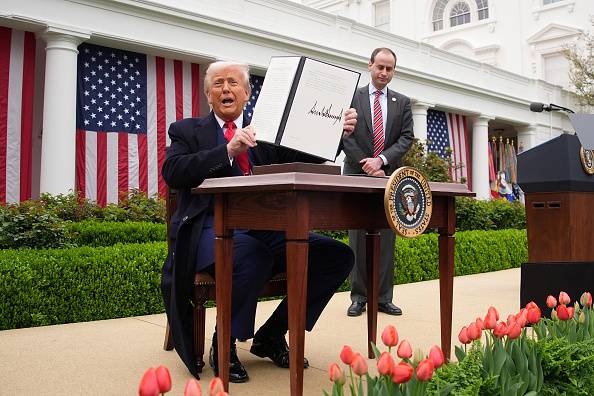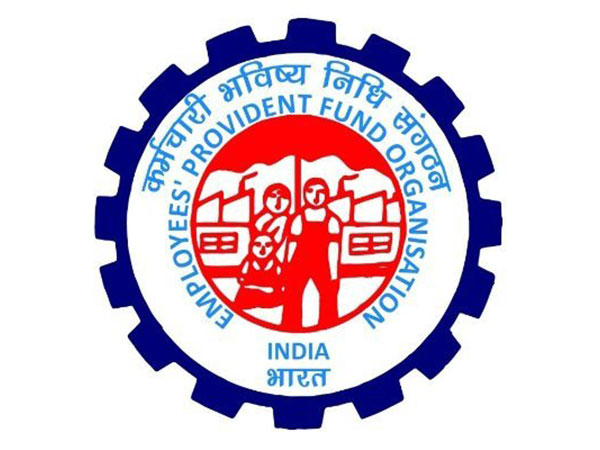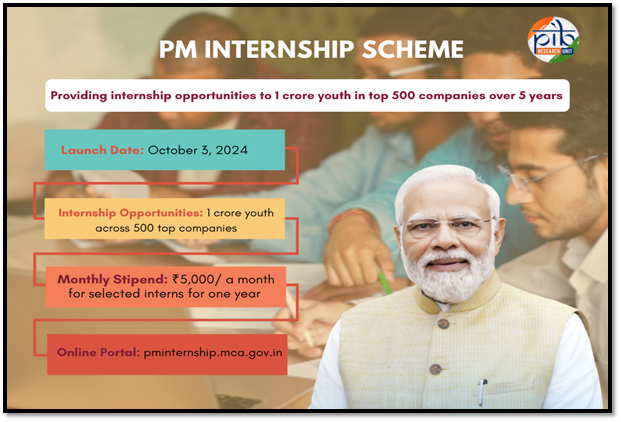A leading analysis by brokerage firm Bernstein has raised concerns about the U.S. government’s inflated calculation of tariffs imposed by India on American goods. According to the analysis, the 27% tariff rate used by the U.S. includes non-tariff measures like domestic taxes and currency manipulation, which results in an overstated figure.
Bernstein pointed out that the U.S. calculation fails to separate actual tariffs from additional costs, such as taxes levied domestically within India. This, according to Bernstein, contributes to the exaggerated tariff estimate, which is significantly higher than the actual tariff India imposes.
The report also highlighted that the high tariff rates could have a substantial inflationary effect on the U.S. economy, potentially depressing demand and increasing the likelihood of a recession. However, Bernstein suggested that the tariffs imposed are likely an opening gambit in negotiations, and many of these rates may not persist into the latter half of 2025.
For India, while the 27% reference tariff rate calculated by the U.S. is high, key export sectors such as IT services and pharmaceuticals remain exempt from the tariffs, offering some relief to the country’s economy. These sectors are critical to India’s economic growth, and their exclusion from tariff hikes helps mitigate the broader impact.
Additionally, Bernstein noted that India could benefit from the escalating trade tensions between the U.S. and China, as tariffs on Chinese goods are even higher. This could provide India with an opportunity to gain market share in certain sectors as businesses look for alternatives to Chinese products.
The analysis follows the release of a U.S. Trade Representative (USTR) report on April 1, which outlined that India’s average Most Favoured Nation (MFN) applied tariff rate stands at 17%. The report also mentioned high applied tariffs on a variety of goods, including vegetable oils, apples, corn, and motorcycles, with tariffs as high as 50% to 150% on specific items such as flowers, automobiles, and alcoholic beverages.
However, the USTR report did not factor in recent reductions in Indian tariffs that were announced in the Budget for 2025-26. For example, the duty on motorcycles has been reduced to 40%, and the duty on Bourbon whiskey has been cut to 100% from 150%.
While some nations, including China, the European Union, and Canada, have already announced retaliatory measures in response to the U.S. tariff hike, others are likely to engage in back-channel negotiations to ease the situation. The growing concerns of a global trade war have sparked fears that such tensions could stoke inflation and stunt economic growth worldwide.
Japan has taken a more cautious stance, stating that it would hold talks with the U.S. on the issue rather than imposing immediate countermeasures.
The U.S. government, meanwhile, has announced exemptions for certain products, including steel, aluminum, copper, pharmaceuticals, semiconductors, gold, and specific minerals that are not readily available in the U.S. market. Despite these exemptions, analysts warn that the long-term risk of a potential recession remains if the tariffs continue and retaliatory measures escalate.
(With IANS inputs)




















